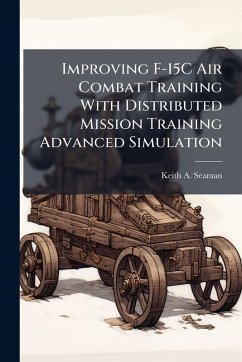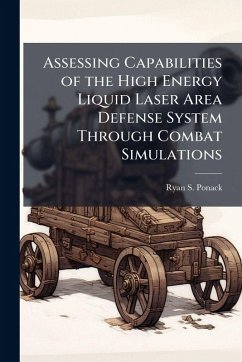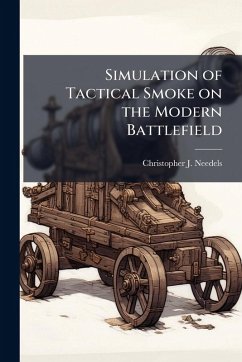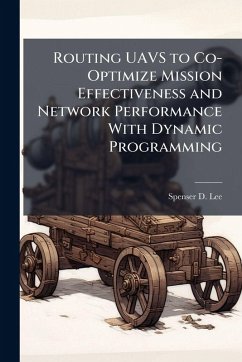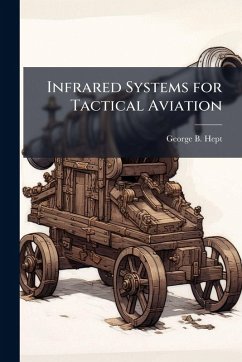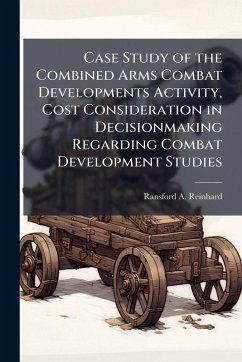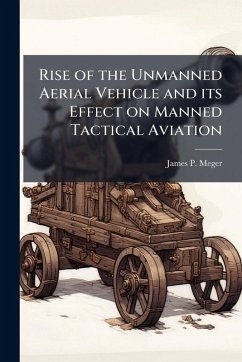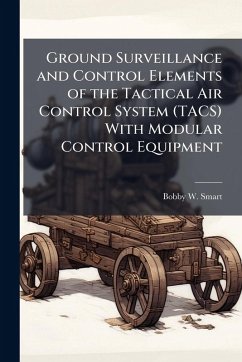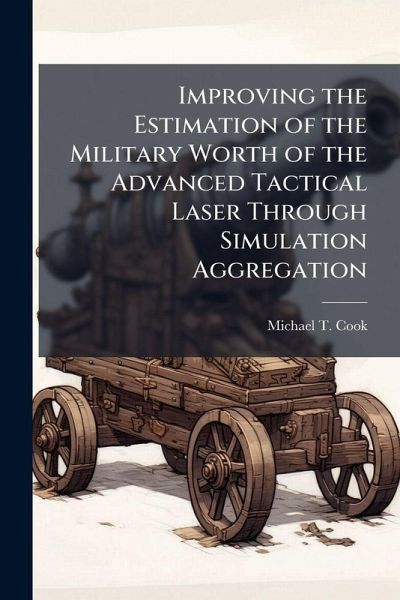
Improving the Estimation of the Military Worth of the Advanced Tactical Laser Through Simulation Aggregation
Versandkostenfrei!
Versandfertig in über 4 Wochen
18,99 €
inkl. MwSt.
Weitere Ausgaben:

PAYBACK Punkte
9 °P sammeln!
Fielding High Energy Laser (HEL) weapon systems presents technological challenges as well as employment and financial challenges. The risk associated with the challenges mandates the development process include computer simulation models capable of predicting weapon system performance from the engineering level to assessing the military worth of employing HEL systems in combat scenarios. This research effort focuses on developing laser performance data at a higher fidelity engagement model and integrating the performance data into a mission level model. The propagation of the laser from the tr...
Fielding High Energy Laser (HEL) weapon systems presents technological challenges as well as employment and financial challenges. The risk associated with the challenges mandates the development process include computer simulation models capable of predicting weapon system performance from the engineering level to assessing the military worth of employing HEL systems in combat scenarios. This research effort focuses on developing laser performance data at a higher fidelity engagement model and integrating the performance data into a mission level model. The propagation of the laser from the transmitting aperture to the target is modeled at the engagement level through the employment of the High Energy Laser End-to-End Operational Simulation (HELEEOS), developed by the AFIT Center for Directed Energy (CDE). This work has been selected by scholars as being culturally important, and is part of the knowledge base of civilization as we know it. This work was reproduced from the original artifact, and remains as true to the original work as possible. Therefore, you will see the original copyright references, library stamps (as most of these works have been housed in our most important libraries around the world), and other notations in the work. This work is in the public domain in the United States of America, and possibly other nations. Within the United States, you may freely copy and distribute this work, as no entity (individual or corporate) has a copyright on the body of the work. As a reproduction of a historical artifact, this work may contain missing or blurred pages, poor pictures, errant marks, etc. Scholars believe, and we concur, that this work is important enough to be preserved, reproduced, and made generally available to the public. We appreciate your support of the preservation process, and thank you for being an important part of keeping this knowledge alive and relevant.



